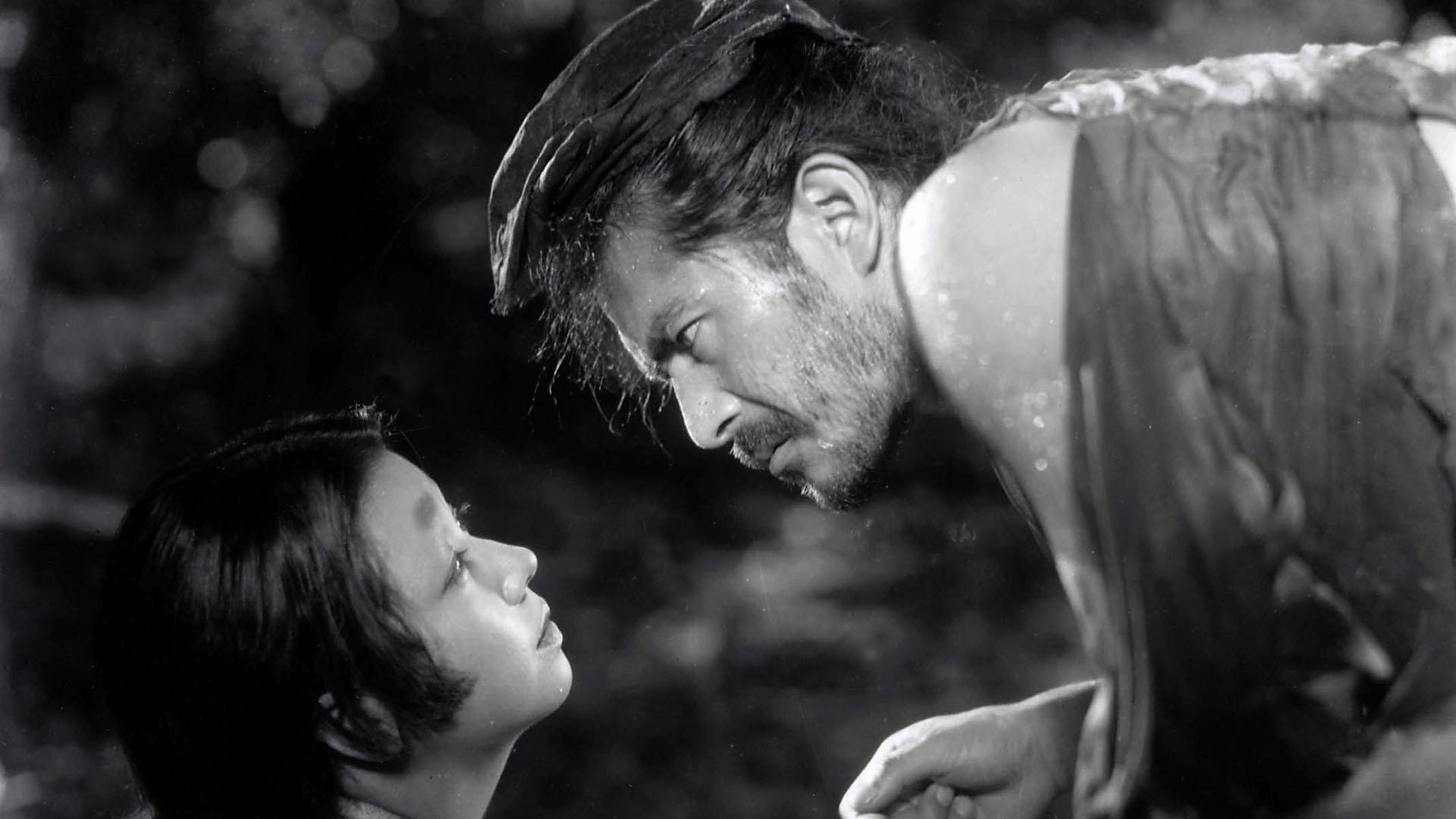
Narratives have existed since prehistory. At the Caves of Chauvet in France, the Neanderthals tried to tell their daily adventures through iconographic reports in the form of drawings. With the advent of writing, the narratives became increasingly complex. Then, the troubadours and novels of cavalry appeared in the Middle Ages.
Later, more fictional narratives gained strength: from the 15th century, names like Thomas More, Molière, Don Miguel de Cervantes, and William Shakespeare appeared. A strong movement that gave more strength to fictional stories was German romanticism, led by Goethe.
Another great author who completely revolutionized the direction of literature was James Joyce, with his masterpiece “Ulysses,” who defied all the limits of his platform. After this, others emerged and marked their names in world history, such as Sylvia Plath, Gabriel García Márquez, Machado de Assis, Eugene Ionesco, Hermann Hesse, Julio Cortázar, and Marguerite Duras.
Obviously, literature is the great basis of every narrative. However, photography and, later, cinema became other ways of telling a story. When the movie “L’Arrivée d’un Train à la Ciotat” was shown in the Saloon Grand Café, the whole world of storytelling suffered a great revolution; a new machine for articulating narratives was invented.
Most of the films, until 1915, followed the same pattern of achievement, with simple narratives. However, from the studies of Edwin Porter and D.W. Griffith, the world of cinema became another. Here are 10 movies that changed how stories are told in cinema.
1. The Birth of a Nation (D.W. Griffith, 1915)
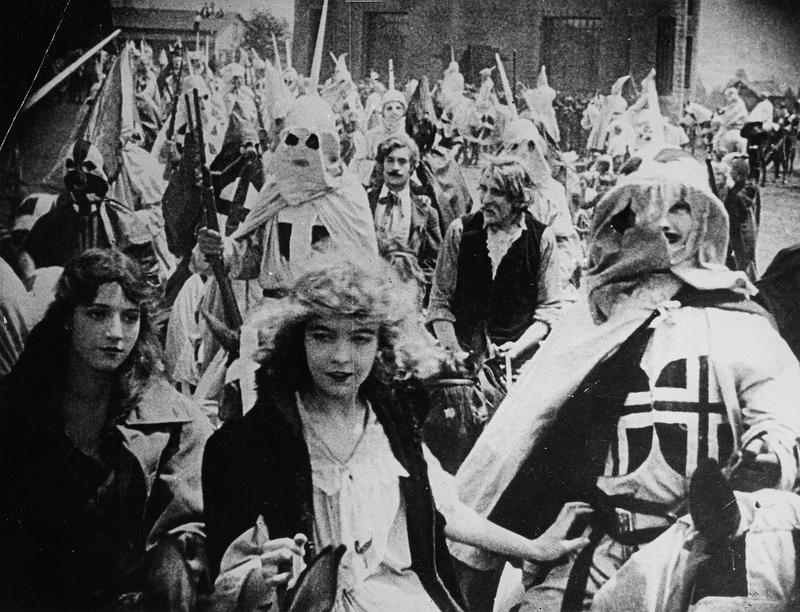
The importance of D.W. Griffith and the 100 plus films he made in the history of cinema is undeniable. His early studies of the scene and its more detailed aspects were precursors to any motion picture. Easily, the trajectory of the seventh art took place before and after Griffith.
In the days before 1915, films were composed of small acts recorded by a static camera without any movement or articulation of the cinematographic mechanism. In “The Birth of a Nation,” the filmmaker began to carry out experiments with what later was called cinematographic language.
Griffith’s masterpiece, quoted above, tells the story of two southern families at the height of the American Civil War. Addressing the conflict and its relationship with both groups, “The Birth of a Nation” explores the tensions between the North and the South amid uneven moments in history. From the murder of President Abraham Lincoln to the emergence of the Ku Klux Klan, the film portrays the controversial American society in a revolutionary and, yet, controversial way.
With outstanding audience success, the feature changed the way everyone told stories in movies. Utilizing camera movements and a number of daunting scenes for the time, Griffith introduced a new method of filming that lasts to this day. Concepts like master shot, close shot, and panoramic were brought to the world through this film. Still, “The Birth of a Nation” surprises by its duration: 190 minutes, something completely outside the standards of its era.
Before him, the vast majority of movies used to be short-lived, completely objective. After D.W. Griffith, nothing was the same. Cinematographic language was born. The classic aesthetic was born. The future of Hollywood came to the fore.
2. Meshes of The Afternoon (Maya Deren, 1943)
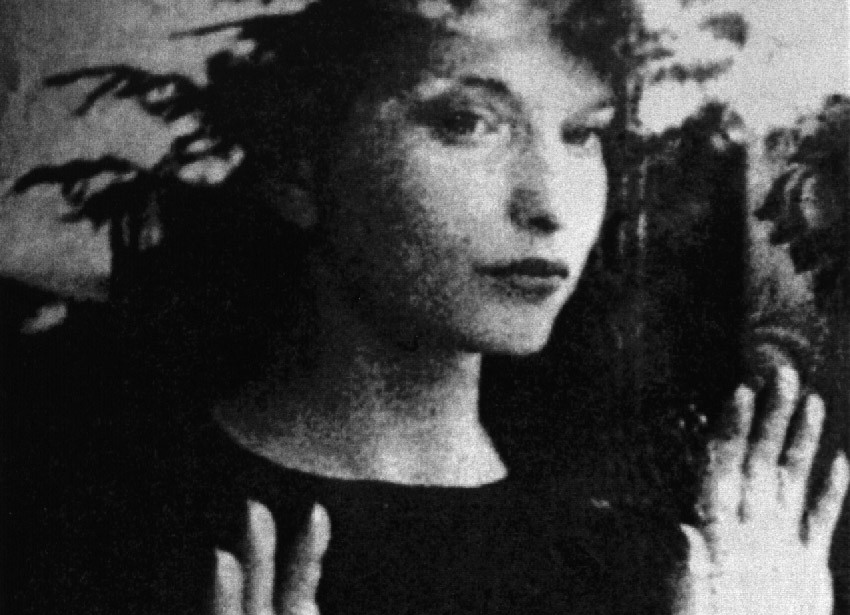
Deconstruction. Leaving aside the vanguards of the 1920s and postwar Italian neorealism, Maya Deren is the great name of the beginning of the revolutions against the parameters already imposed by the Hollywoodian industry.
An anthropologist, ist, dancer, photographer, and mother of experimental cinema, and the first filmmaker to win a grant from the Guggenheim Foundation, Deren established herself as one of the great names of modern art and anthropology; her studies of voodoo in Haiti and her experiments with dance are recognized in her media.
“Meshes of the Afternoon” is Deren’s first film, running approximately 13 minutes. Co-directed with her ex-husband Alexander Hammid, the plot tells the story of a woman who sees a strange figure in her condo and then falls asleep.
In her dreams, she finds herself pursued by her own figure, until she awakens and comes across her husband. Between diverse symbols, mirrors, and attacks with knives, Deren constructs a mystical and imposing oneiric universe that changed the destinies of cinema.
“Meshes of the Afternoon” is the first film considered a psychodrama by contemporary writers. Her plot approaches the surrealist films of the 1920s, exploring the world of dreams and the unconscious. Deren tells this story through seemingly disconnected repetitions and scenes. Moreover, with a language that respects no classical convention, this quintessential seventh art is certainly one of the most influential films of the 20th century.
3. Rope (Alfred Hitchcock, 1948)
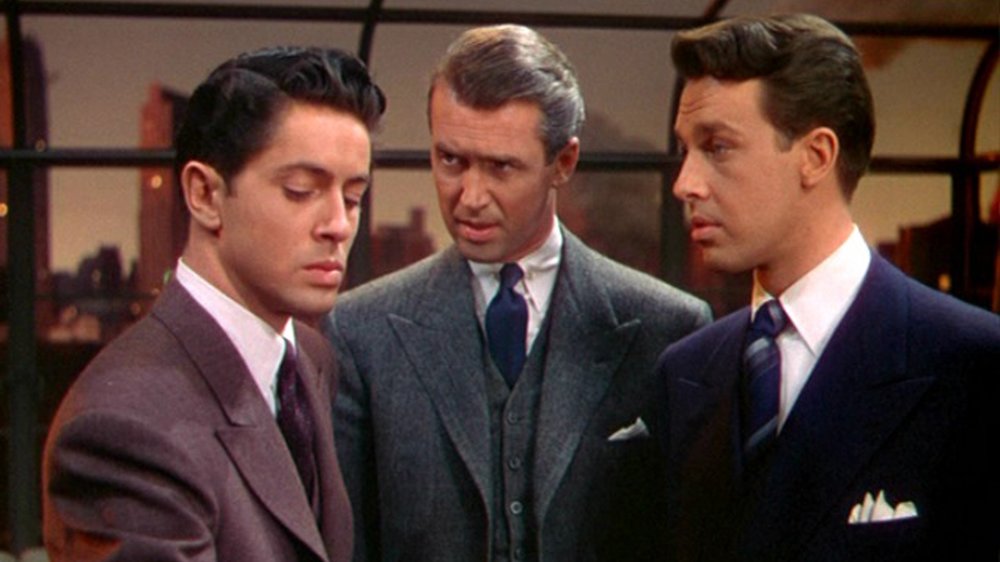
Alfred Hitchcock is one of the great authors of cinema, always challenging ethical and cinematic limits. Even though he was an Englishman, the master of thriller built his entire career in the United States, shaping his aesthetics from the workings of the Hollywood industry. Rarely awarded by the Academy, Hitchcock was revered by European cinema icons Jean-Luc Godard and François Truffaut – the latter of whom wrote a book with a compilation of interviews with the Englishman.
One of the first partnerships between Hitchcock and legendary actor James Stewart, “Rope” tells the story of two college kids who murder one of their classmates. Their premise is to prove that, by being superior, the two would be able to commit a perfect crime without leaving any leads. The men then hide the corpse in a room and have a party there. The plan begins to fade when a former high school teacher arrives at the compound.
In this film, Hitchcock dares to the fullest and performs an experiment that would inspire several other filmmakers like Aleksandr Sokurov and Alejandro G. Iñarritú: a film shot in one take. Of course, “Rope” had not been recorded in just one outlet, since the cameras of the time did not allow such a feature.
However, the director creates invisible cuts, which give the impression that the camera never stops. Although a forerunner of sequenced films, this masterpiece of the 1940s follows the premise of a clear and cohesive narrative, according to the rules of classical cinema.
4. Rashomon (Akira Kurosawa, 1950)
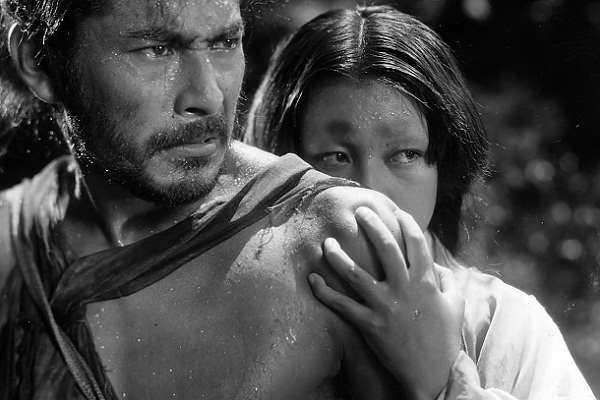
The biggest name in modern Asian cinema, Akira Kurosawa is one of the only non-American filmmakers to be mentioned in The Hollywood Reporter’s list of the 100 Best Movies in History.
Awarded an Oscar for his contribution to the seventh art, Kurosawa holds grand prizes in his resume, such as a BAFTA, a Golden Bear, and a Golden Lion. His filmography includes works like “The Seven Samurai,” “Dreams,” “Yojimbo” and finally, the film in question: “Rashomon.”
At the height of the 11th century, during a storm, a lumberjack, a priest, and a peasant seek shelter in the ruins of a historic gate in Rashomon. There, the priest recounts a crime involving the rape of a woman and the murder of her husband. However, over the course of the film, other views on the crime are presented: from the murderer himself, the raped woman, a woodcutter, and finally, the ghost of the murdered. Thus, the crime is reconstructed from fragments of other interpretations.
In “Rashomon,” the great narrative move is the multiple perspectives that tell, in different ways, the same story. In this, there is still no conclusion regarding which version is true, since the ideal truth is something unattainable. In this way, one concludes that the stories tell much more about the person than the person says about a story. Personal positions and ideologies always stand ahead of the search for truth.
5. La Ronde (Max Öphuls, 1950)
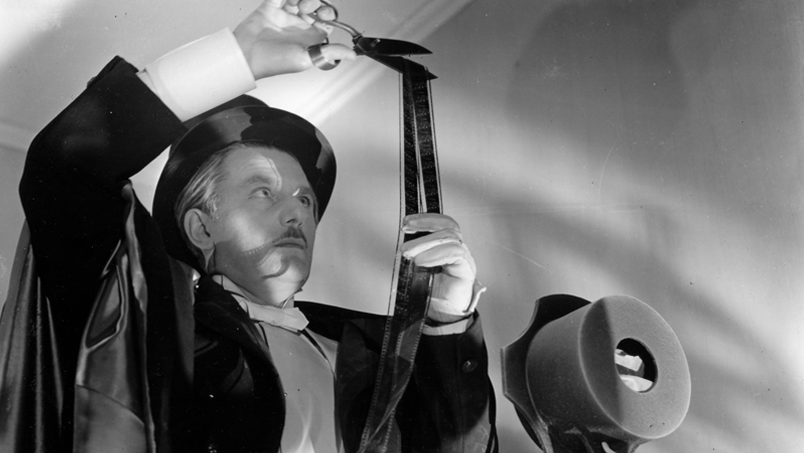
One of the great influences of Stanley Kubrick, Max Öphuls was a German filmmaker who worked for much of his life in France. His career was not strongly recognized by the public back then.
The story of his departure from Germany is controversial and political, due to the rise of the Nazi Party and Third Reich in his homeland. Because he was Jewish, Öphuls sought exile in France, and later in the United States where he made some films, among them “Letter from an Unknown Woman.”
In “La Ronde,” a type of master of ceremonies begins the film, warning the viewer that everyone will see a series of stories that, in the end, will connect, thus completing the waltz of love. All of the tales, set in France, involve the theme of love and are interconnected by characters from the same universe, who configure this cyclical structure in the film.
In this film, the narrative merits are present precisely in the organization of several dramatic nuclei that are interchained by some characters. Going beyond, love, the great thread of this film, is explored in a masterful and equitable way among the acts. Even with numerous characters in a short film, Öphuls builds them in a creative and three-dimensional way, escaping possible cliches and lazy conventions of the genre.